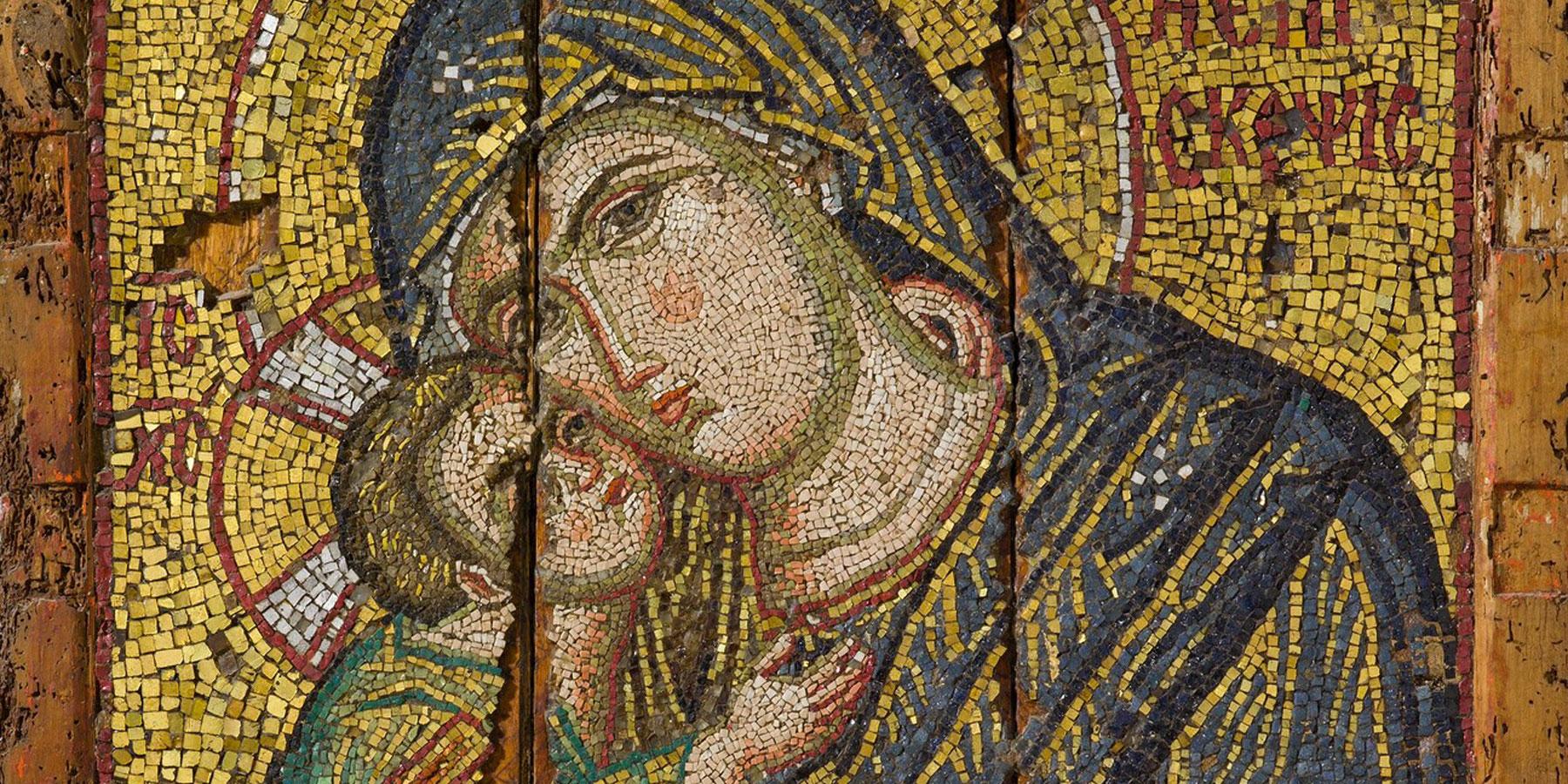The word icon (from the Greek eikon, or image) signifies a holy image that provides a conduit from the worshipper to Christ, his mother Mary, or other saints. According to the Council of Nicaea (787),"The honor which is paid to the image passes on to that which the image represents, and he who does worship to the image does worship to the person represented in it."
The eighth-century theologian John of Damascus urged the faithful to" embrace [icons] with the eyes, the lips, the heart, bow before them, love them . . ."
The Byzantines accorded icons extraordinary, even miraculous powers to answer prayers, heal the sick, and provide protection. They were venerated at home and in church, and were carried in public processions along streets and into battle. In 626 an icon of Christ was credited with saving Constantinople from a Persian assault. On the eve of the fall of Constantinople to the Ottomans in 1453, the patriarch paraded a precious icon around the city walls in a last effort to prevent the inevitable collapse of what little then remained of the Byzantine Empire.
Icons were made in different media, but most were painted in tempera on wood. Although panel painting declined in Western Europe after the end of antiquity, knowledge of how to mix and blend pigments to model figures and give them a sense of volume continued in Byzantium. The importation of Byzantine icons would trigger a demand in the West for works alla greca and spurred the revival of panel painting in Europe.
